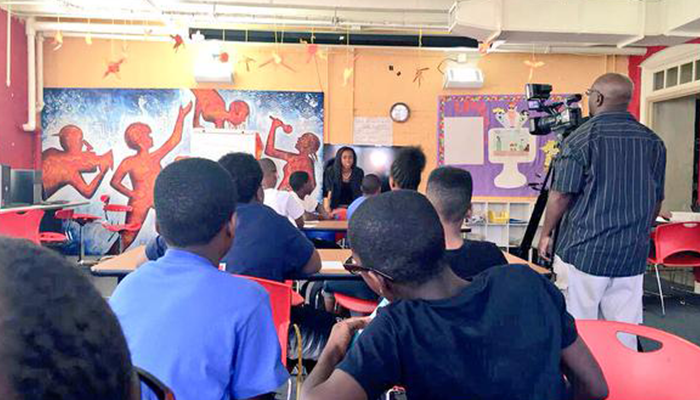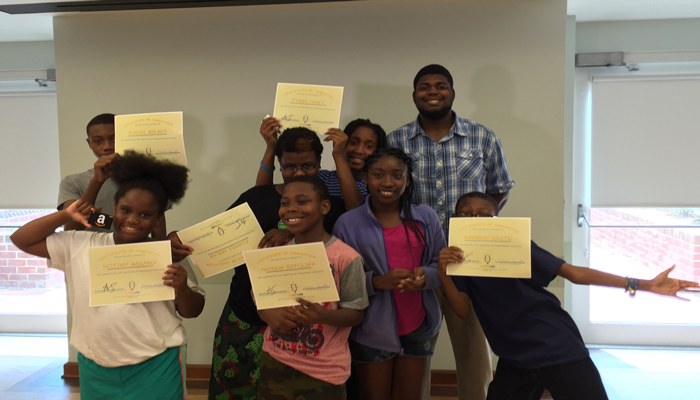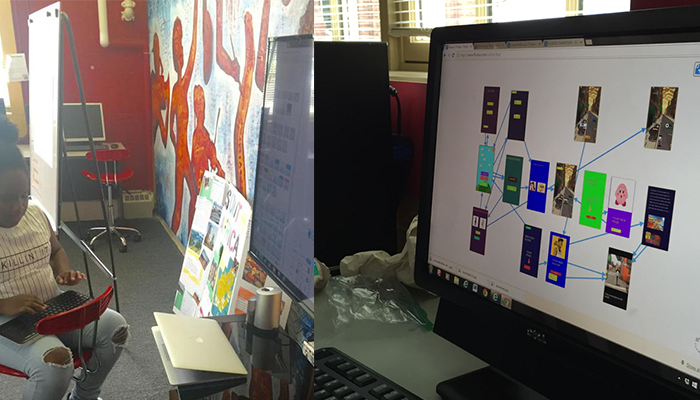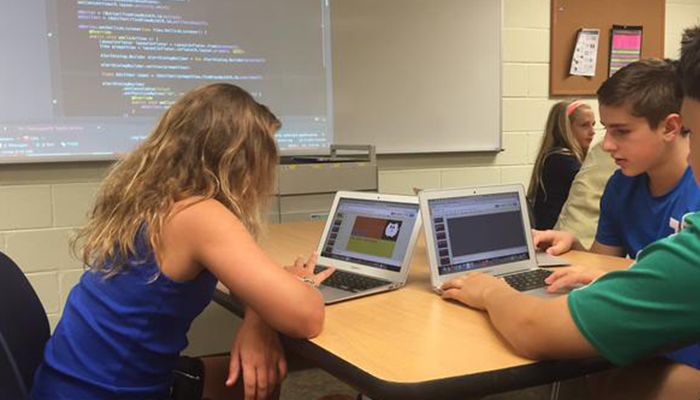I recently spoke to Dominic Swain of Luma Lab to find out more about the organisation and how they are using Fluid UI to equip communities with tools and skills needed to build digital solutions to local problems.

Luma Lab was first inspired by a youth hackathon in Anacostia in 2012 which Clearly Innovative CEO Aaron Saunders was involved in running. Anacostia is an area that has a reputation for poor performing schools and high crime rates. There wasn’t much confidence we were going to get a strong turnout. But, as it turned out, the event was well attended and successful. The kids were excited about the work and when the hackathon ended, there was no place for them to funnel their enthusiasm to continue learning. This gave Aaron the idea to create an after school program, where students who are interested in technology can continue their passion.

We expose students to all facets of technology including software development, lean startup principles, product management, and user experience. Students work in teams and use a lean startup approach to build innovative solutions in the classroom. Throughout the program we focus on teaching the soft skills students will need that will best prepare them for pitching ideas to investors or interviewing for a job. The curriculum creates a career pipeline and empowers students to solve community issues with their newly acquired technical skills.

To make technology approachable to all communities and to provide all communities with the resources necessary for its entrepreneurs to compete in the digital world.
We concentrate on children because we see part of the tech community’s diversity problem is caused by a lack of access to early stage tech education. We are also developing our program to accommodate adults as well because we believe solving the problem involves exposing all parts of a community to education.
Various institutions and sponsors who support our mission provide us with funding to implement our program.

We chose Fluid UI because Clearly Innovative already uses it in our regular prototyping exercises for client projects, so it seemed natural to teach students how to use an industry tool.

The students work in teams or individually and develop their own mobile app ideas. They use Fluid UI to create a prototype of the ideas they come up with.
Yes! The majority of our students are able to use Fluid UI with minimal instruction. They took off with it pretty quickly. One thing they get really excited about are the transitions they can choose between screens. That’s usually something they don’t notice is an option right away, and they get pretty jazzed when our instructors show them how to do it.
The students mostly make low to mid fidelity prototypes.

The majority of students express interest in being entrepreneurs and building their own digital startups some day. Recently, game development has become a common aspiration of our students.
Luma Lab is the education arm of Clearly Innovative, a software company that makes awesome mobile and web products for its clients. The mission of Luma Lab is to create a world where technology is approachable and people in every community can take a seat at the digital table as creators, innovators, and entrepreneurs. We accomplish this by teaching a curriculum which we adapt to a program’s specific students, that exposes students to various facets of technology including lean startup principles, user experience, software development, and product management. For more information follow Luma Lab on luma-lab.com, Facebook, Twitter and Linkedin
If you liked this post let us know in the comments below. We also recently interviewed GirlsWhoCode, another organisation that uses Fluid UI to teach children about coding and technology. You can check it out here. If you are part of a not-for-profit organisation and are involved in helping out in your community let us know and we will look to support and promote your idea.